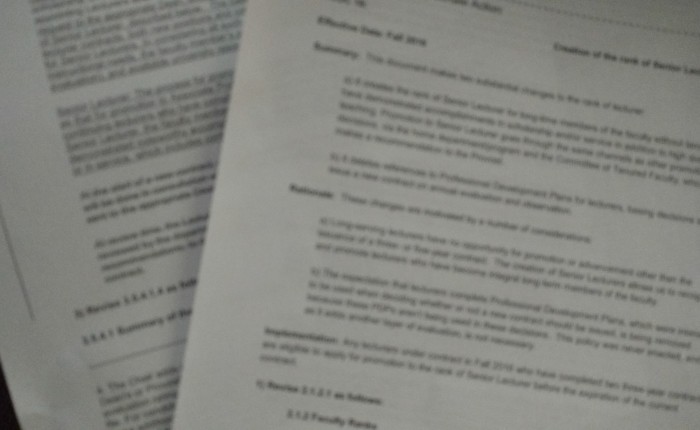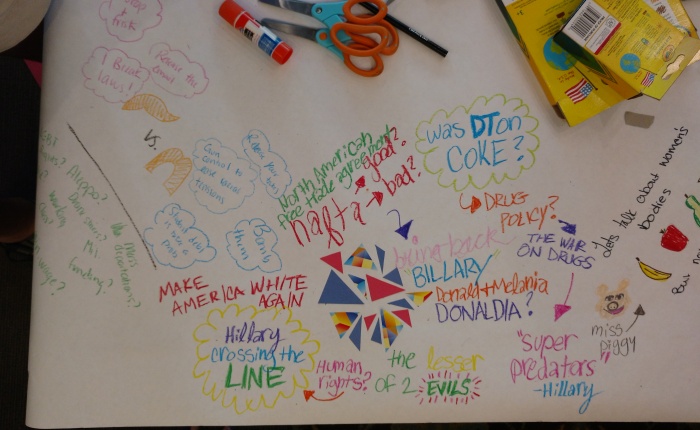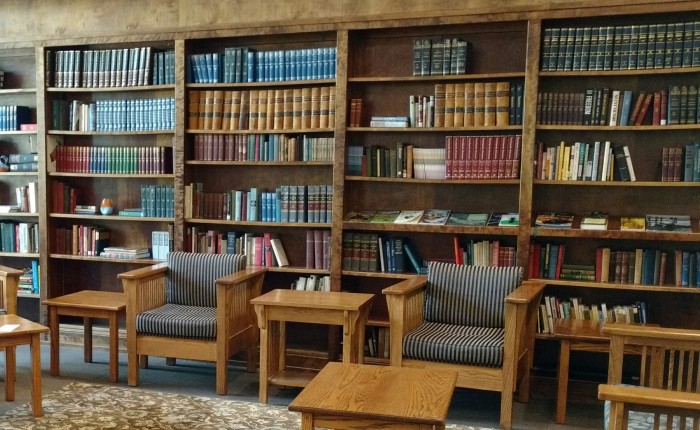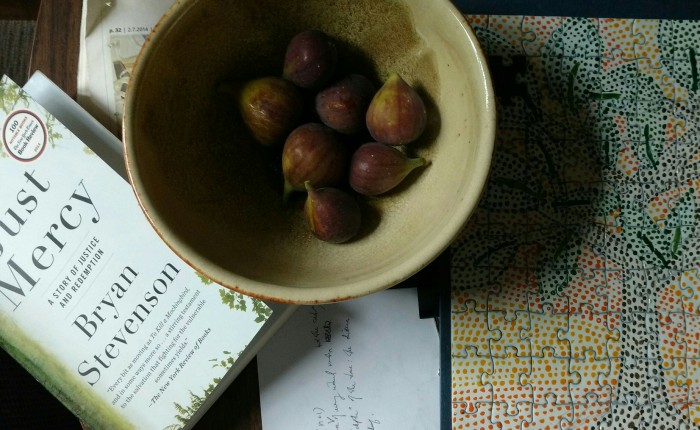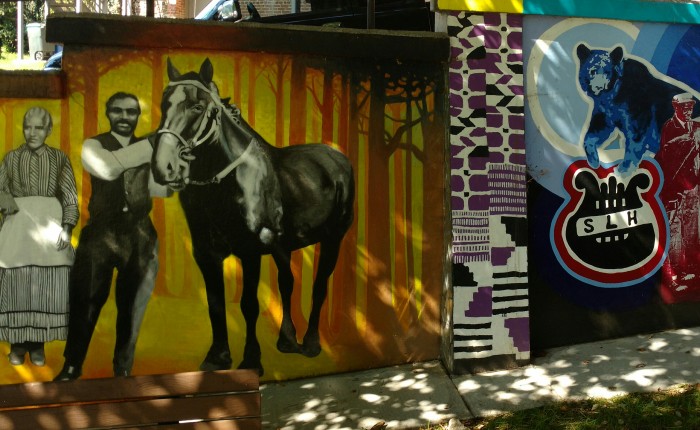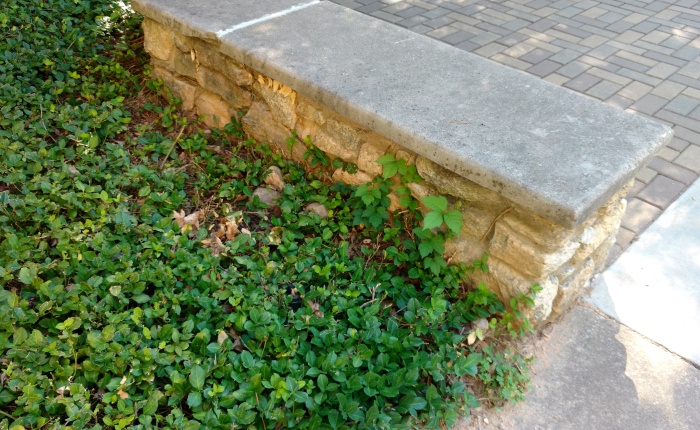My university is done toying with the idea of introducing a new faculty rank, namely that of “Senior Lecturer.” We’re past that point and onto the actual implementation: the first applicants for this new position are vying for this designation as I write this.
The rationale for this position, as it reads in the Faculty Senate document creating the rank, is as follows:
a) Long-serving lecturers have no opportunity for promotion or advancement other than the issuance of a three- or five-year contract. The creation of Senior Lecturers allows us to recognize and promote lecturers who have become integral long-term members of the faculty.
b) The expectation that lecturers complete Professional Development Plans, which were intended to be used when deciding whether or not a new contract should be issued, is being removed because these PDPs aren’t being used in these decisions. This policy was never enacted, and, as it adds another layer of evaluation, is not necessary.
Sounds all well and good, no?
But the unstated motivation behind the institution of this new rank is more along the lines of the following:
- A couple of years ago the university reinstated professional development leave (PDL; this is the fancy name we give to sabbatical in a [read: Red] state where you can’t say “sabbatical” because that implies otiosity) for tenure-track faculty, a practice that had been discontinued for many years due to its unsustainability.
- Unsurprisingly, lots of folks wanted PDLs.
- We approved way too many PDLs, leading to unsustainable reliance on contingent faculty to continue delivering our curriculum.
How does this tie into the creation of new rank? A little provision buried more deeply in the Senate doc cited above:
…Senior Lecturers have a 12-hour teaching load, and are evaluated using the same processes and forms as tenure-line faculty…
Now.
It’s the case that many of our lecturers, especially those serving our much-vaunted Humanities Program (our dusty “jewel in the crown” that rests upon the backs of contingent faculty because many of our best and brightest would prefer to teach in their own departments), are currently teaching 16-hour-per-term loads. This load, though admittedly much more humane than the load many adjuncts carry, is still unsustainable for anyone who hopes to have a meaningful academic life outside of their regular teaching. Such a load essentially precludes any sort of in-depth scholarship, university service, community engagement, mentorship of undergraduates, or other rewarding aspects of an academic career our tenure-track folks enjoy. Forget being participatory citizens; these lecturers struggle simply to teach their classes. (Never mind the fact that the same paragraph that the second quote above comes from notes that Senior Lecturer is a rank reserved for “members of the faculty who have…demonstrated noteworthy accomplishments in scholarship and/or service, in addition to high-quality teaching…”)
Well, word on the streets is that now that this new rank is in the works, there will be a push to require all non-Senior-Lecturer lecturers to teach 16 hours per term. I’m not sure how those who’ve not already put together a portfolio showcasing “noteworthy accomplishments in scholarship and/or service, in addition to high-quality teaching” will be able to do so while teaching those 16 hours. Will we see no more Senior Lecturer applications after an initial bump in these first few years following the rank’s inception?
Let’s get back to the bigger issue here: equity. Some of our university’s most amazing faculty (outstanding teachers, solid scholars, engaged members of the campus community and the broader area we serve) are in the Lecturer rank, and while some of them are recognized and appreciated for their incredible work, both in their departments and university-wide, others are not. In many corners, lecturership conveys second-class status on our campus, as it does on many campuses. Adding expectations to an already vulnerable group of folks is simply unconscionable.
I acknowledge that PDLs can be critical in giving faculty time to work on scholarly and creative projects…but at what cost? If I need time away from the classroom to finish a book or publish a few papers, I refuse to do it on the labor of the lecturers, who right now risk being strung into indentured servitude.
